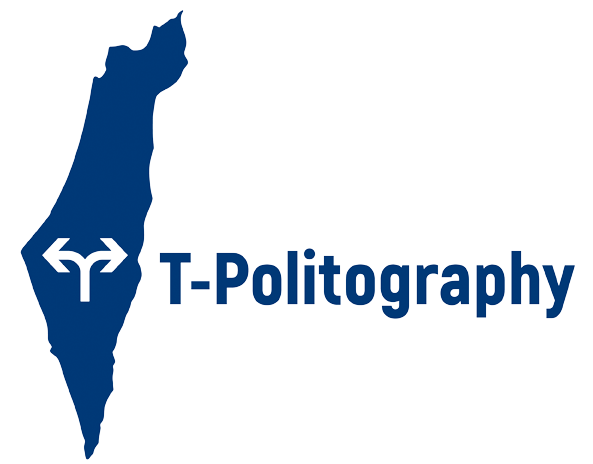The T-Politography Research Group for the Israeli-Palestinian Conflict
Introduction
The Israeli Palestinian conflict is a complex, multifaceted phenomenon that is often conceptualized in oversimplified unidimensional terms. The necessary information and data that is required to fully understand the conflict is difficult to obtain and is sometimes unavailable. Even when such data is available, decision-makers may struggle to make sense of it. T-Politography was developed to accumulate the relevant data in one platform and to present the data and its derivatives in an accessible and user-friendly form.
Need
Where is the conflict between Israel and the Palestinians going? Is there a chance for conflict resolution? What are the predictors of the ebbs and flows of the conflict over time? Currently, there is no systematic way to address these critical questions. Political decision-makers lack the necessary tools to describe, analyze, and evaluate the present state of the conflict and to trace how it unfolds over time. A system that could accumulate and analyze the relevant data would provide decision-makers with an invaluable tool.
Response
The T-Politography project seeks to address the decision-making gap by providing a multidisciplinary, empirical, data-based tool that describes, measures, and evaluates the level of Israeli and Palestinian control in four key geographical zones of interest: Area C and Areas A+B in the West Bank, the Gaza Strip, and East Jerusalem. The T-Politography platform assists decision-makers in identifying and visualizing underlying trends and blind spots in the complex dynamics between Israelis and Palestinians. The tool is designed to display trajectories of change and show how they correspond to important events; to gauge ratios of control over time in different domains (e.g., security, economy); and to provide answers to decision-maker queries and questions.
Products
Two platforms:
- A statistical (JMP) platform for analysts and professionals:
- Descriptive statistics – a graphic presentation of thousands of variables in seven domains. The first three domains define levels of control: geo-spatial, security, and economic. The four other domains provide the context in which dynamics of control take place: social, diplomatic, political, and legal.
- Indices of control – An aggregate measure of control per area of interest and in each domain.
- Questions and queries – generic and customer-tailored queries on issues pertaining to conflict and conflict resolution.
- A web platform for decision-makers that provides an easy-to-use dashboard that is continuously updated and provides clear bottom lines and take-home messages.
Members of the Research Team and Their Research Areas
Executive team:
The T-Politography research group is led by Dr. Col. (Res.) Shaul Arieli, Prof. Gilad Hirschberger, and Prof. Sivan Hirsch-Hoefler. Gili Dekel is the project coordinator and data manager.
Key researchers:
Dr. Moran Zaga (diplomatic – Arab), Dr. Hay Eytan Cohen (Turkey), Dr. Liron Libman (legal), Dr. Ronit Marzan (political and social – Palestine), BG. (res.), Dr. Amnon Sofrin (security), Mr. Alon Pinkas (Diplomatic International), Dr. Roi Frayberg (economic), Dr. Raz Zimmt (Iran), Dr. Maoz Rosenthal (political – Israel & social networks), Col. (Res.), Ron Shatzberg (Jerusalem), Dr. Maisalon Dallashi (Arab Society), Dimitry Rotstein (Model) and KPA Group: Prof. Ron Kenett, Ariel Kennet & Ron Ben-Jacob (Analytics).
Established
July 2022
Office
Hamada st. 8, Herzelia

